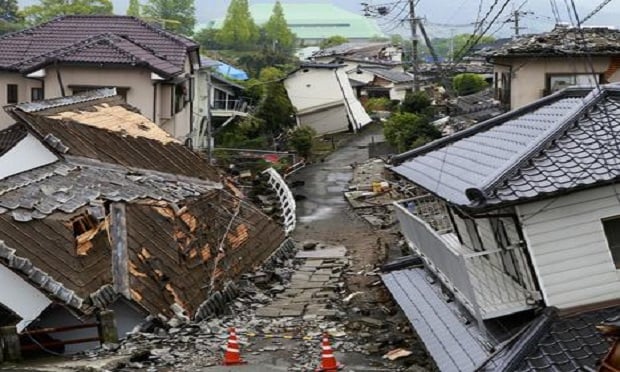 Nearly half a million residences not covered for earthquake losses are located in a Missouri county rated seven or higher on the Mercalli scale. (Photo: Shutterstock)
Nearly half a million residences not covered for earthquake losses are located in a Missouri county rated seven or higher on the Mercalli scale. (Photo: Shutterstock)
The Missouri Department of Insurance has issued a new "Earthquake Insurance Market Report" that highlights some sobering facts about Missouri's insurance market's readiness to recover following a high magnitude quake in the New Madrid fault area, which runs through the southeast quadrant of the state, extending from the Bootheel northwards to St. Louis and beyond.
Recommended For You
Want to continue reading?
Become a Free PropertyCasualty360 Digital Reader
Your access to unlimited PropertyCasualty360 content isn’t changing.
Once you are an ALM digital member, you’ll receive:
- Breaking insurance news and analysis, on-site and via our newsletters and custom alerts
- Weekly Insurance Speak podcast featuring exclusive interviews with industry leaders
- Educational webcasts, white papers, and ebooks from industry thought leaders
- Critical converage of the employee benefits and financial advisory markets on our other ALM sites, BenefitsPRO and ThinkAdvisor
Already have an account? Sign In Now
© Touchpoint Markets, All Rights Reserved. Request academic re-use from www.copyright.com. All other uses, submit a request to [email protected]. For more inforrmation visit Asset & Logo Licensing.








